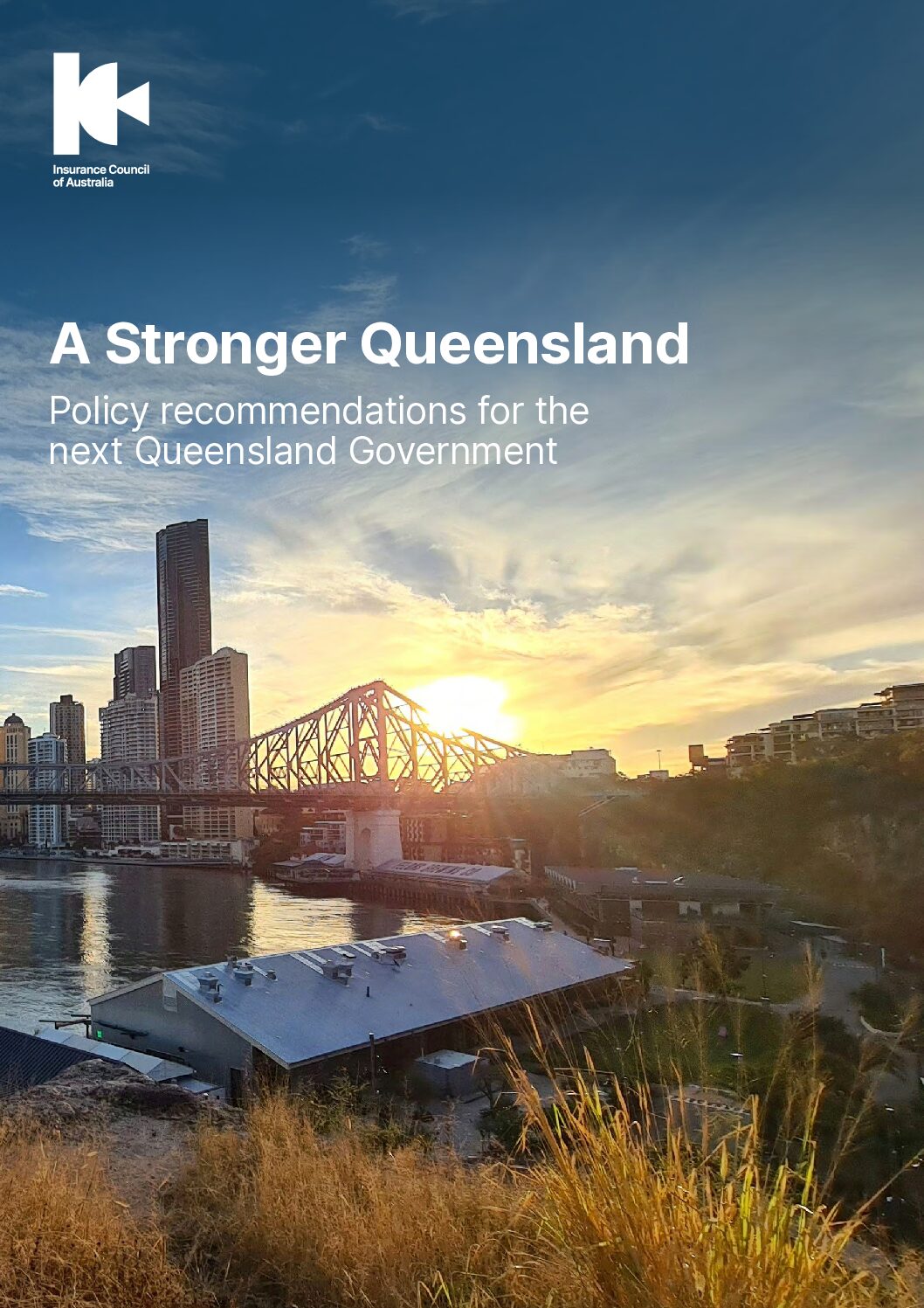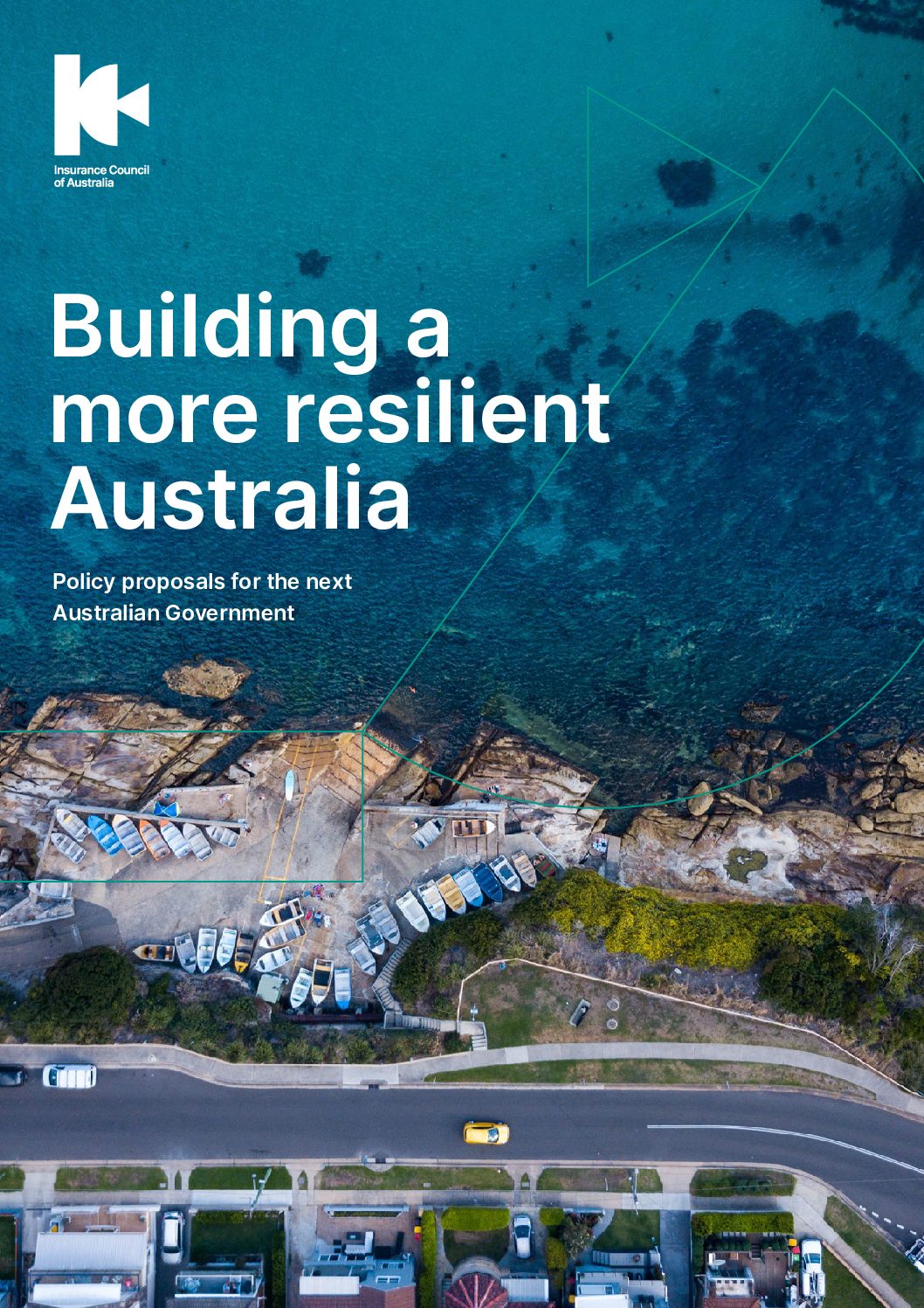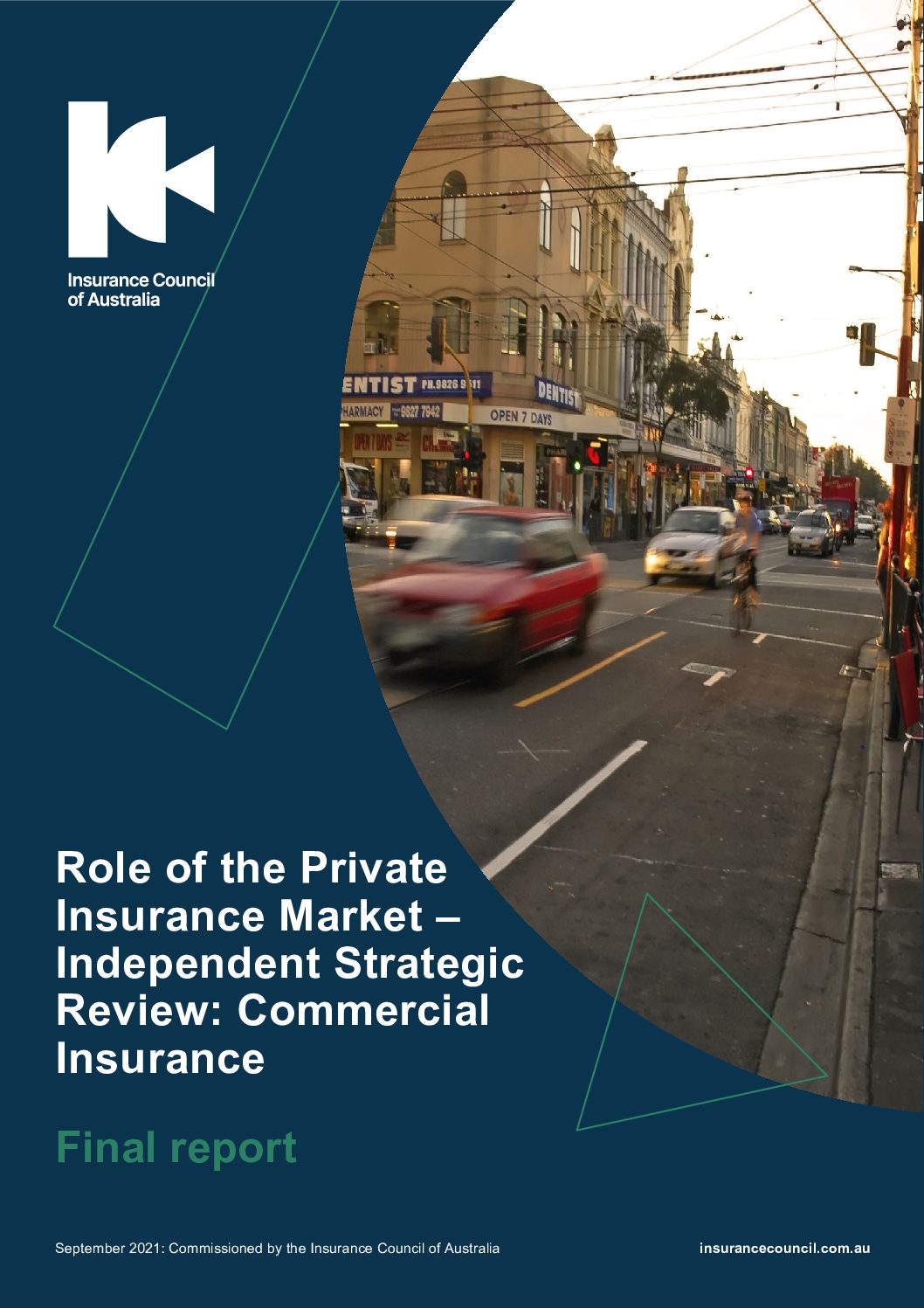The Insurance Protection Gap is the difference between the amount of insurance in place and the actual cost of recovery.
The protection gap is a growing concern in Australia, as many communities face increasing vulnerability to extreme weather events, rising costs, and changing risks. This gap threatens not only individual financial security but also the broader economy, with underinsurance or non-insurance having the potential to leave many Australians unprotected when disaster strikes.
The drivers of rising insurance costs
Several factors are putting upward pressure on premiums, which may lead to a widening protection gap:
- Extreme weather impacts: Climate change is intensifying the frequency and severity of extreme weather events such as floods, bushfires, and storms. As these events become more destructive, the cost of covering these risks increases.
- Inflation: Inflation impacts over the period from 2021 have been more pronounced in the building and motor repair sectors than in the economy generally, pushing up the cost of repairs and the replacement of damaged assets.
- Rising reinsurance costs: Reinsurance, which is the insurance that insurers buy on a global market, protects insurers so that when higher than expected claims occur they have the funds to pay claims. The cost of reinsurance for Australian insurers has been rising, not just because of the impact of extreme weather events in Australia but also because of events all around the world.
- The value of our assets: More and more Australians are living in places that are inherently risky – on the coast, by rivers, and in warmer climates – and the value of the assets they own in these places are increasing.
Why this needs to be sorted
Insurance helps families and businesses manage risk and get back on their feet when the unexpected happens. Without the private insurance market, the cost of disaster and recovery is borne by the community and government.
What action will best assist?
Stabilising insurance premiums requires government action, this means changes to:
- Infrastructure investment – Greater investment in resilience and mitigation infrastructure like levees and floodways.
- New homes – Changing planning laws to stop homes being built in high-risk locations and improving building codes to make future buildings more resilient.
- Existing homes – Supporting household-level resilience such as retrofitting programs and undertaking home buy-backs where there is no viable way to protect against the risk.
- Removing unfair state taxes and levies on insurance products that increase the cost of insurance premiums.
Addressing commercial lines affordability
The Insurance Council has a dedicated Business Advisory Council which provides a forum to help identify solutions to protection gap issues impacting small and medium enterprises.
The Business Advisory Committee was established in 2021 following the release of the ICA commissioned the ‘Role of the Private Insurance Market – Independent Strategic Review: Commercial Insurance’ report which provided 13 recommendations for improving insurance affordability and availability for commercial lines.

We are the representative body of the general insurance industry in Australia, shaping positive outcomes for our members, our people and the community.
Get in touch
Acknowledgement of Country
Footer






